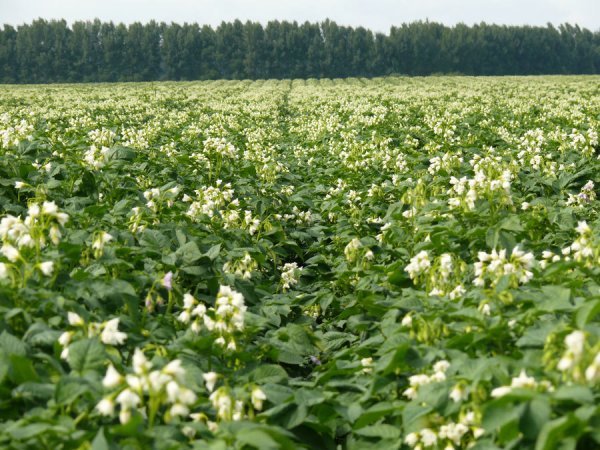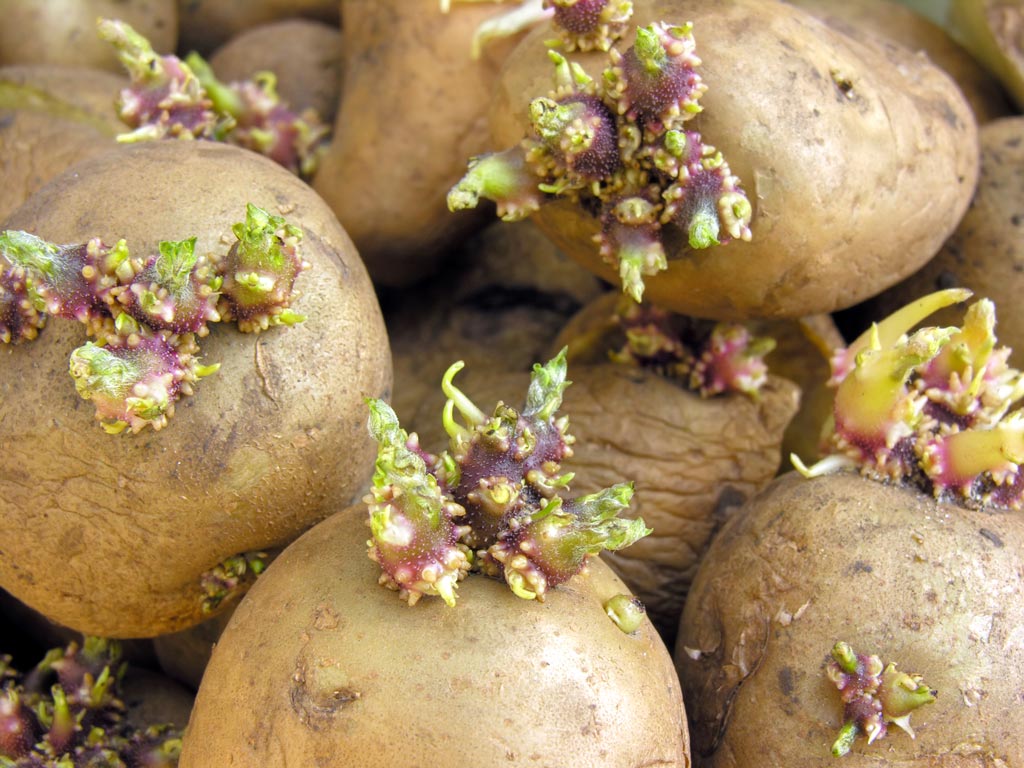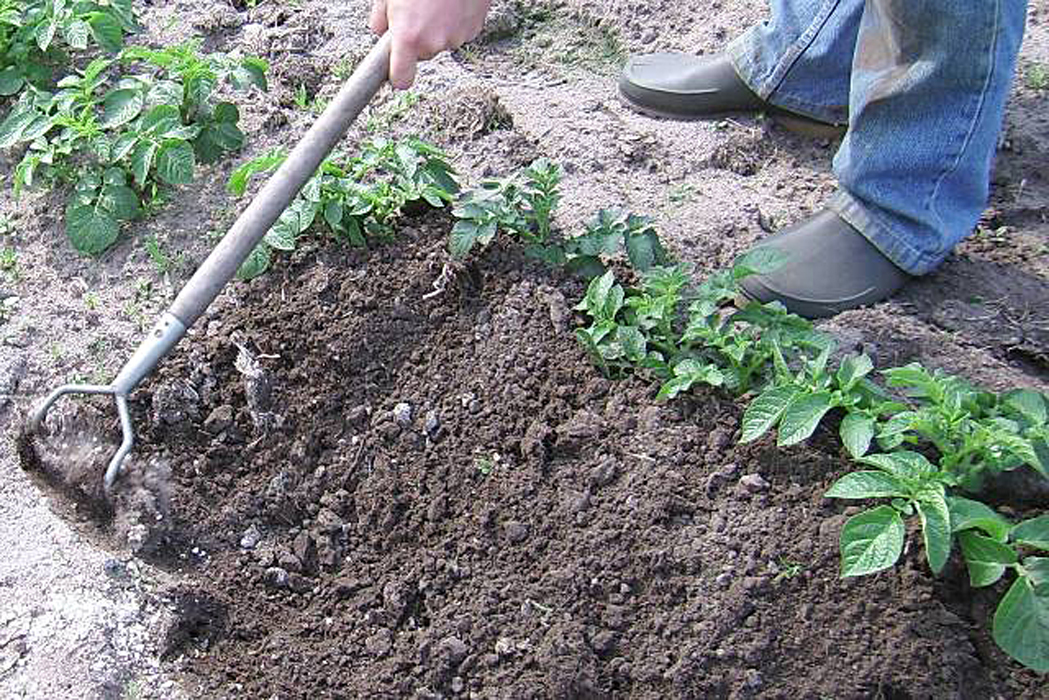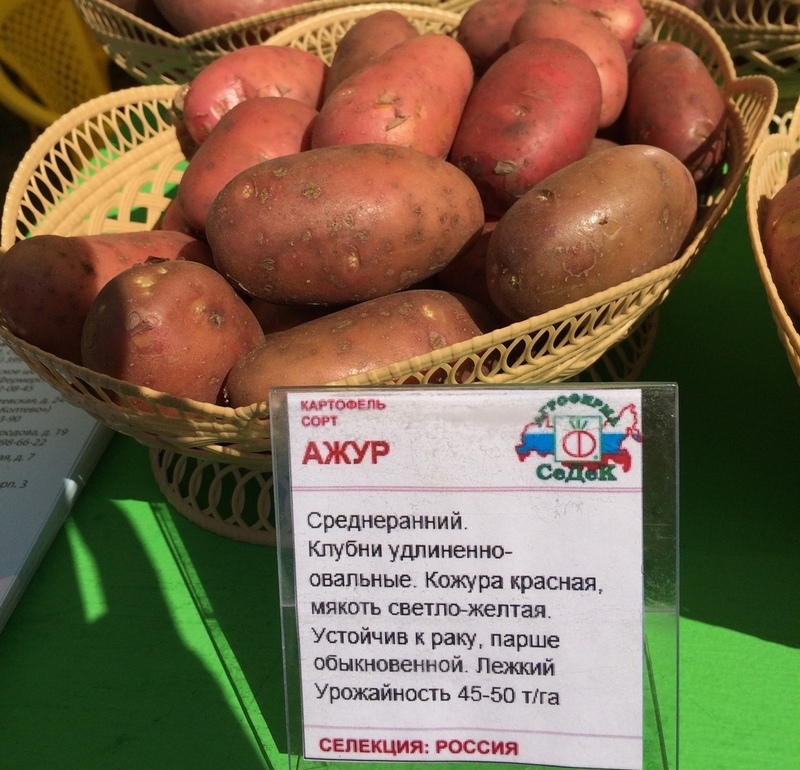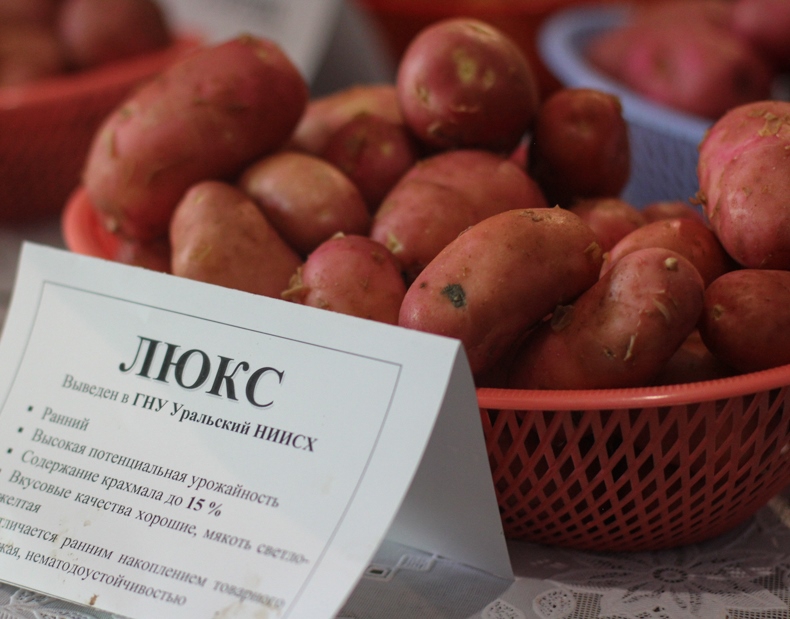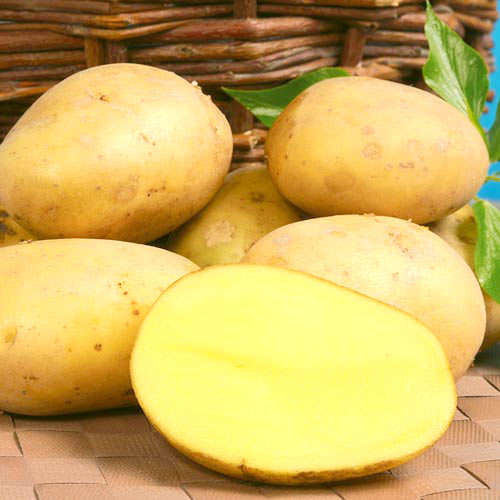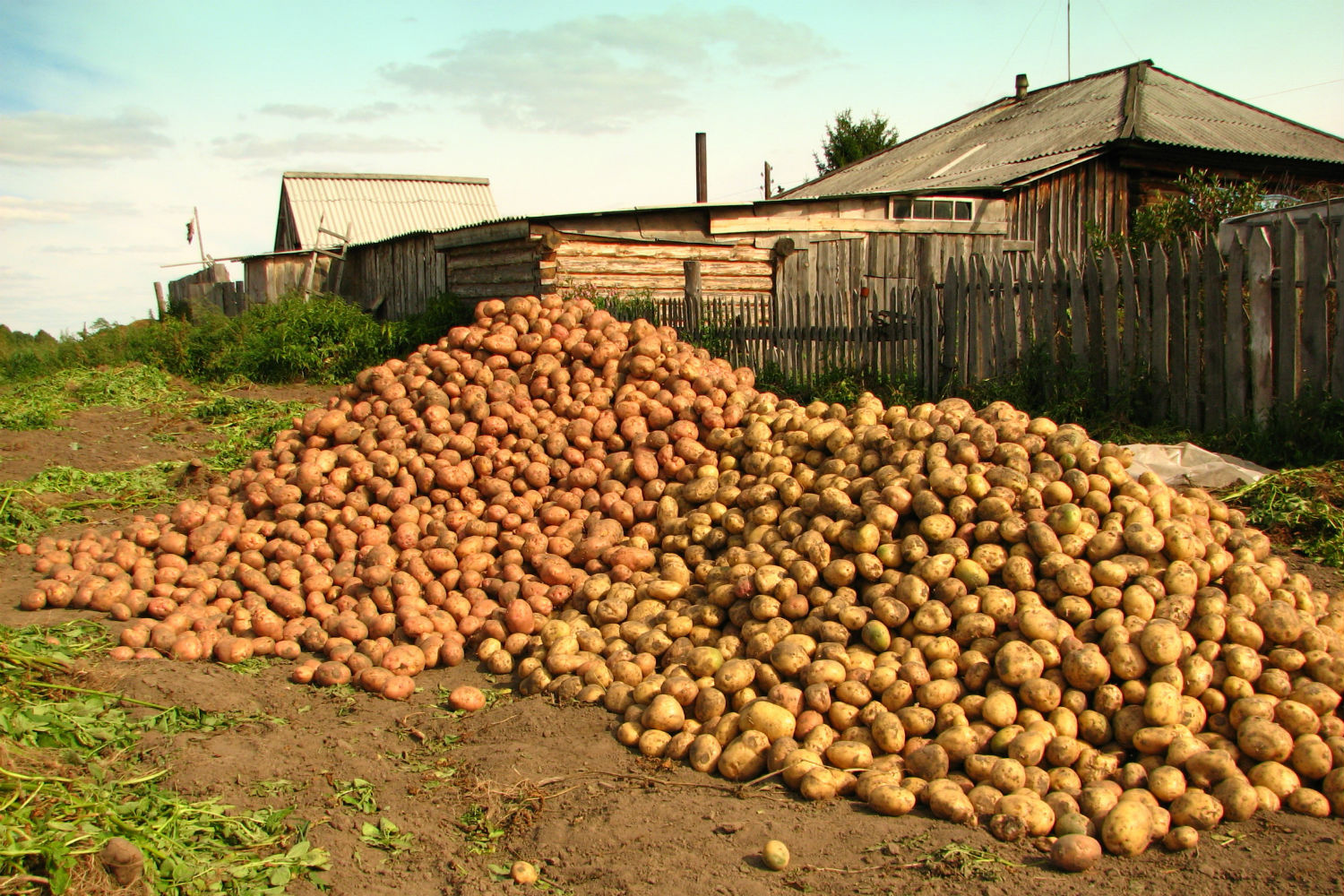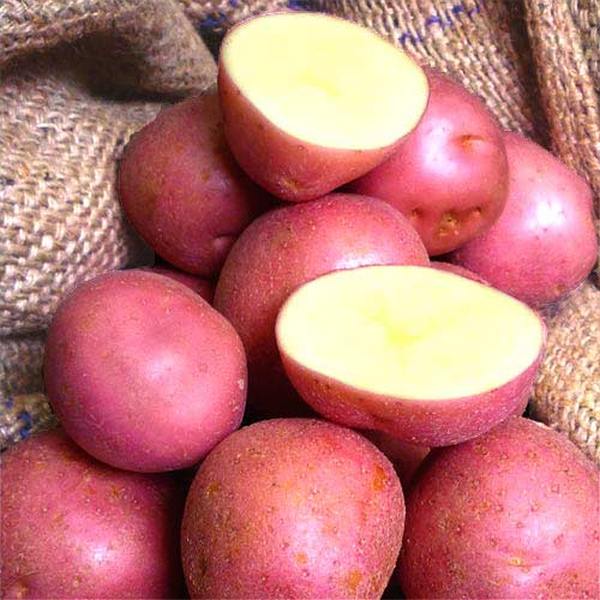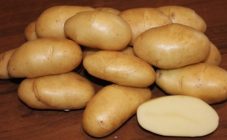Content:
Potatoes are one of the most famous and demanded vegetable crops, they not only have excellent taste, but also contain substances useful for the body (vitamins C, B, PP, starch). His homeland is South America, it was brought to Europe in the middle of the 16th century by the Spanish priest Cieza de Leon. In Russia, the emergence of this culture is associated with the name of the great Russian Tsar Peter I. It was he who brought with him from Holland a bag of an unprecedented vegetable and sent it to the provinces for cultivation. However, due to the poisonous berries, which the peasants mistakenly eaten, the culture at first did not become widespread and was not grown until the middle of the 19th century. The development of potato growing and the increase in the area under this crop began in 1840, thanks to the initiative of the statesman Count Kiselev.
One of the most productive and popular to grow is the Impala potato. This variety was bred by the Dutch breeders of the company "AGRICO B.A." In Russia, it was zoned and included in the "State Register of Breeding Achievements Approved for Use" in 1995.
Characteristics and features of the variety
Getting to know the Impala potato should start with a description of the variety, its botanical structure and main characteristics.
Botanical Description:
- The bush is upright, up to 75-80 cm high. Consists of 4-5 densely leafy stems;
- Leaves are deep green, medium in size. There is a slight waviness along the edge of the leaf blade;
- Flowers - white with a yellow or orange center;
- Fruits are dark green, poisonous and not intended for human consumption;
- Tubers are oval with yellow skin and pulp. From 6-8 to 20 tubers weighing 80-160 grams can form under the bush. The starch content in tubers is 10-16%.
Specifications:
- Early maturity - the variety belongs to the early maturing type. The period from planting to harvesting for food purposes is 40-45 days. Full technical maturity of tubers occurs at 60-70 days;
- Frost resistance - seedlings are able to withstand temperatures down to - 1-2 0С.
- Average yield - 180-360 c / ha (1.8-3.6 kg / sq. M.);
- Tasting (flavoring) score - 4.5 out of 5;
- Growing regions - Northwest, Central; Nizhnevolzhsky; Volgo-Vyatsky.
Important! The term "technical maturity" means coarsening of the tuber skin, in which it is no longer peeled off without the use of a knife. In this state, potatoes are well stored, rots less.
Variety requirements for growing conditions
Each varietal potato has not only an external description, but also cultivation features, which include requirements for soil conditions, heat, moisture, light, predecessors, etc.
The soil
Growing early Impala potatoes requires loose and fertile soil, with a high (over 2%) humus content. When planting it, rotted manure is used. Phosphorus-potassium fertilizers are applied only in autumn for plowing (fall) in the amount of P60K90. Nitrogen fertilizers in a dose of 60-80 are applied in the spring when preparing the soil for planting.
Organic fertilizers are applied for autumn plowing on clay and loamy soils and when preparing a site for planting crops in spring on sandy soils.The average application rate for various types of these fertilizers is 60-80 t / ha (6-8 kg / m2).
Important! The soil for planting potatoes should be deeply plowed, loose - this will provide good access of air and moisture to the planting material placed in it, which is necessary for its germination and normal development of seedlings and subsequent vegetation processes.
Light and warm
The optimum temperature for flowering and the formation of root crops is + 17- + 20 ° C, for their growth - + 18- + 25 ° C.
Watering
This variety needs moderate soil moisture. For the growing season, Impala potatoes need 250-300 mm, this amount of moisture can be provided by atmospheric precipitation. However, in their absence, the plant will have to be watered (at the rate of 30-40 l / m²) 3 times per season:
- 20-25 days after germination;
- during the flowering period;
- a couple of weeks after flowering.
With a large plantation for irrigation, you will need a technical solution such as a drip irrigation system.
Crop rotation
An important link in obtaining a high yield of this varietal potato is its correct alternation with other crops.
The best predecessors for it are:
- Legumes - peas, dumplings (field peas), lupines, beans, beans;
- Perennial legumes - clover, alfalfa, sweet clover;
- Spring and winter cereals - rye, barley, oats, wheat, triticale;
- Cruciferous - winter and spring rape, cabbage, radish, radish.
Poor precursors for potatoes are other varieties of this crop, nightshades (tomatoes, peppers), cereals.
Attention! Choosing cruciferous plants as predecessors, they use their peculiarity, such as splitting and transfer of part of the soil phosphorus reserves by their root system into forms accessible to plants. This makes it possible to reduce the doses of expensive phosphorus fertilizers and improve the condition of the soil.
Pre-planting seed preparation
To prepare planting material, you need the following:
- Carefully select healthy, without mechanical damage, medium-sized tubers (no more than 5 cm), with a large number of eyes;
- The selected tubers are disinfected - they are placed for 30 minutes in a solution of potassium permanganate, boric acid, and then dried well;
- Pre-heating and germination of seeds will accelerate the emergence of seedlings. Boxes, pallets with tubers are kept for a month at a temperature not lower than + 18 ° C in a lighted place. The sprouts that appear are handled delicately so as not to break them off.
Attention! If desired, seed Impala potatoes can be bought not only in specialized stores, but also directly from the patent holders themselves. Information about them is contained in Appendix No. 4 of the State Register.
Landing
Potatoes of this variety are planted approximately in mid-April, and in the regions of the middle lane - in late April-early May.
The tubers are planted in rows (holes) no more than 8 cm deep, which are covered with a soil ridge 8-10 cm high, at a distance of about 25-30 cm from each other.There should be a distance of 50-60 cm between the rows.
Care
To get a decent harvest, you need good care:
- Harrowing is carried out 5-7 days after planting, but before the emergence of shoots;
- As soon as the potatoes began to sprout, the aisles are loosened;
- When the bushes reach 10-15 cm, they are huddled, covered with soil to the very top. This helps to protect seedlings from early frost. To provide the plant with air and moisture access during the growing season, tuberization, hilling is carried out repeatedly;
- Weeds are removed on small plantations by hand weeding. For the control of weeds on larger agricultural lands, approved herbicides are used. So, before the emergence of shoots, glyphisate-containing preparations are used, such as Hurricane, Tornado, Roundup.The average dose of these preparations is 4-5 l / ha (0.4-0.5 l / 100 sq. M). With a seedling height of 5-6 to 20 cm, drugs such as Lazurite are used at a dose of 0.7-0.8 kg / ha (7-8 g / 100 sq. M.), Titus - 50 g / ha ( 0.5 g / 100 sq. M.);
- When pests and diseases appear, the bushes are treated with insecticides and fungicides. The most effective remedies for the Colorado potato beetle are Iskra Bio (1 l / ha or 10 ml / 100 sq. M., The flow rate of the working fluid is 500-600 l / ha or 5-6 l / 100 sq. M.), As well as its variety Gold Spark. Against late blight, drugs Ordan (2.0-2.5 kg / ha or 20-25 g / 100 m2), Ridomil Gold MC (2.5 kg / ha or 25 g / 100 m2) are used. doses of chemical agents (with the exception of Spark) are diluted with water based on the consumption of the obtained working fluid of at least 200-300 l / ha (2-3 l / 100 sq. m.) Large-sized potato fields are sprayed using special equipment - trailed or self-propelled machines ... For small plantations, knapsack sprayers with a volume of 10-12 liters are used;
- Potatoes are not fertilized with nitrogen due to the fact that they can cause an increase in vegetative mass and a decrease in the activity of the tuberization process. The culture is fed with a special complex microfertilizer containing boron, manganese, molybdenum, zinc, and iron.
Interesting. If you follow all the recommendations, you can get an excellent harvest (from one bush to 15-18 tubers).
Cleaning, storage
When the tops die off, the potatoes are harvested. Small plantations are harvested with the help of a horse hiller, dispersing their rows. If the potato allotment has an area of more than 0.5-1.0 hectares, a special trailed harvester is used.
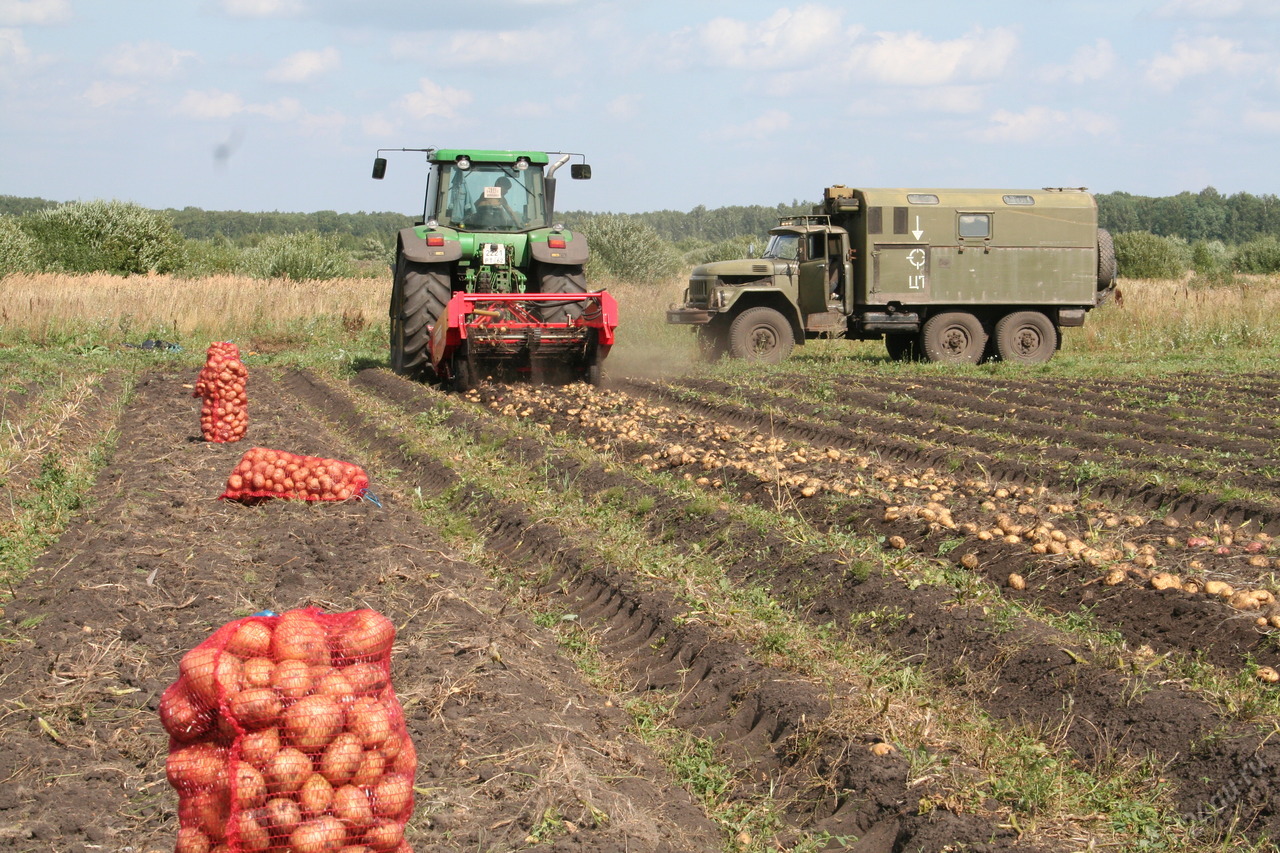
Harvesting of the Impala variety can be done either by hand or with the help of various harvesting machines
Tubers of full maturity are sorted out, damaged and small ones are removed. Before storage, selected good quality tubers are kept in a dry, cool place. Varietal potatoes intended for sowing are stored in a separate room from those used for food purposes.
Advantages and disadvantages of the variety
Many gardeners prefer this particular variety because of the following advantages:
- Early ripening. In some areas, a second crop can be obtained during the season;
- Ripe tubers of this potato are boiled and taste great;
- The variety is resistant to potato crayfish, golden nematode (R01);
- Tubers of technical maturity are well stored - keeping quality reaches 90%.
However, the Impala potato variety, despite all the properties described above, has such a drawback as poor resistance to late blight, rhizoctonia.
Thus, Impala is a very popular early-ripening potato variety that allows, with proper agricultural technology, to get high yields. At the same time, taking into account each of the parameters and characteristics of the variety, not only edible potatoes are obtained, but also high-quality seed material of high reproductions.
